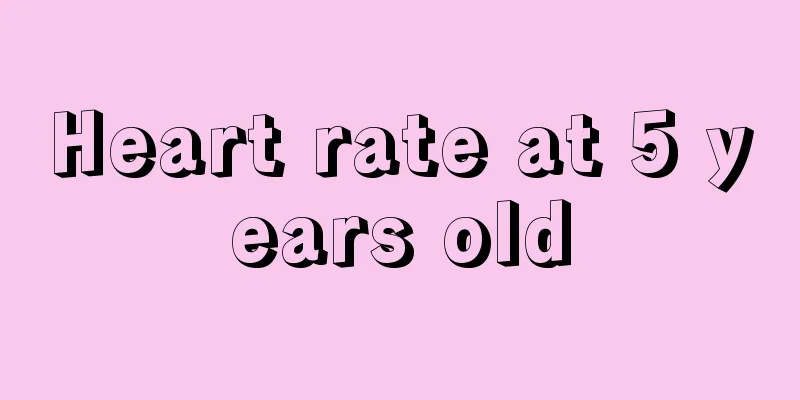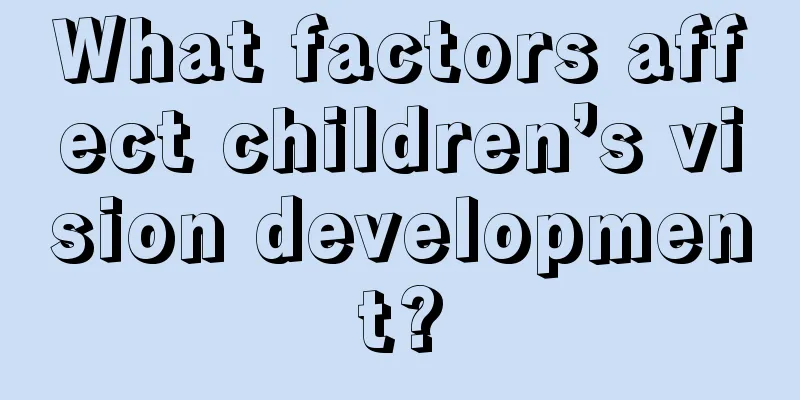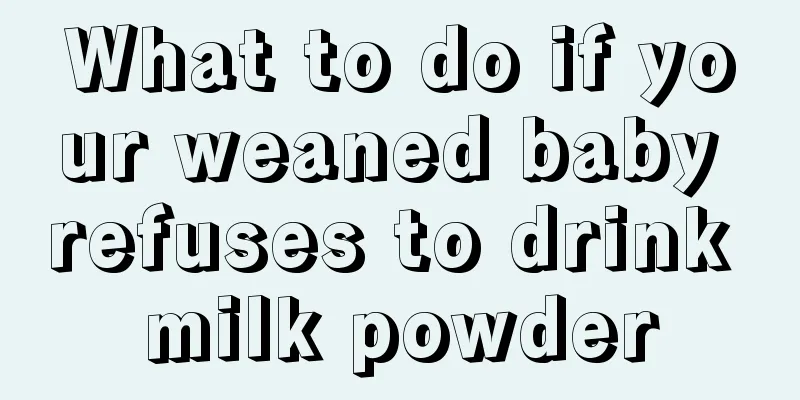Heart rate at 5 years old

|
In modern life, people's physical health is affected by various factors, which leads to many people suffering from some malignant diseases. For example, heart disease is one of the most influential diseases, which often poses a lifelong threat to patients. Heart problems are mostly congenital. For example, children are a high-risk group for heart disease. Heart disease has a great impact on heart rate. Let's take a look at the heart rate of 5-year-olds. Every time the heart beats, the left ventricle ejects blood into the aorta. The blood is then transported to all parts of the body through the aorta for blood circulation, eliminating carbon dioxide and waste from the body and inputting oxygen and nutrients to ensure the body's metabolism. The average heart rate for 5-6 year olds is about 100 beats/minute. The heart rate will increase during physical activity and mental excitement. It will gradually decrease with age and can be reduced to 70 beats/minute after 8 years old. For children of this age, the heart rate is 140 beats/minute, which is fast, and heart problems need to be considered. Common ones include supraventricular tachycardia, which requires an electrocardiogram or 24-hour dynamic electrocardiogram; endocardial fibroelastosis, etc., which requires a cardiac color ultrasound examination. Children have a faster heart rate, mainly because their metabolism is vigorous and their body tissues need more blood supply. However, the amount of blood pumped by the heart each time remains relatively unchanged, and the need can only be met by increasing the number of heartbeats. The normal heart rate of a 5-year-old child is between 65-105 beats, which is generally not hereditary. If you are worried, you can take your child to the hospital for an electrocardiogram, chest X-ray, cardiac ultrasound, blood routine, blood sugar, blood lipids, electrolytes, and thyroid function check, and treat the symptoms based on the test results. For details, consult the relevant department of the local hospital. Children's arrhythmia often occurs on the basis of organic heart disease, and the most common heart disease is congenital heart disease. In addition to taking antiarrhythmic drugs, treatment should also be directed at the underlying disease and its inducing causes. This situation can be treated surgically, and radiofrequency ablation can be used depending on the condition. You can go to a regular hospital or a tertiary-level A hospital for examination and treatment based on the cause of the condition. |
<<: The child has dizziness and chest tightness
>>: Can children with bloating eat fish?
Recommend
How to correct a child’s crooked legs?
Why do many adults have ugly legs? The main reaso...
The teeth of the child are like sawtooth
The stage of children's tooth replacement is ...
One-year-old baby snack recipes
For babies, in daily life, it is okay to eat some...
Is it necessary to check trace elements in children?
Trace elements are particularly important for mai...
What is nodular goiter in children?
Every child is the top priority of our family, an...
How many hours a day does a four-month-old baby usually sleep?
Every mother wants her newborn to get enough slee...
How to treat ADHD in children more effectively?
Everyone knows that ADHD is a relatively common d...
Reasons for incomplete hearing development in newborns
The hearing development of newborns is very scary...
What is precocious puberty in children?
Precocious puberty is a problem that worries pare...
How to cultivate children's imagination
A child’s imagination is very important, even mor...
Treatment of increased intracranial pressure in infants
The reason for increased intracranial pressure in...
What should I do if my baby has less hair on the top of his head?
Many babies are born with very little hair, which...
Why does my child sit up and talk in his sleep at night?
Whether adults or children, everyone may talk in ...
What should I do if my child has blue veins on his nose?
Most children do not have very good physical fitn...
There is a big gap between the baby's upper front teeth
Babies will receive special attention from their ...









